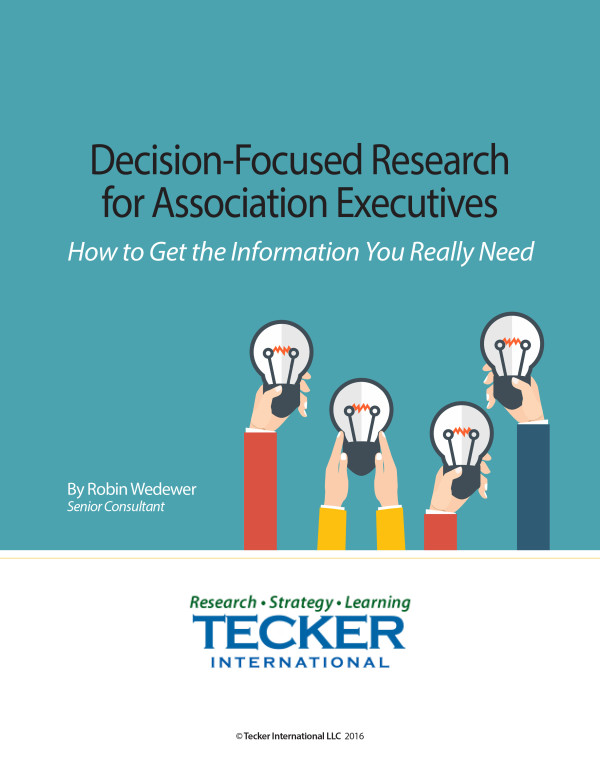Beyond a “Yes” or “No” – Understanding the Mega-Issue Process
When we think of the word “issues” it isn’t a huge leap to think of “teenagers” soon after…maybe because of the drama that can come from everything from changing bodies to evolving interests and concerns.
Yep, teenagers and drama. Not a big leap.
I count myself lucky that when my 13-year-old daughter has a question for me, it’s almost always easy to answer with a yes or a no.
Oh, occasionally, we happen across a maybe, but it’s usually because she needs to make sure some other steps happen first (i.e., “Maybe you can walk to the coffee shop, but first you need to finish your chores.”).
Most often, though, a solid yes or no does the trick. For now, this is my reality. I’ve been told the clock is ticking and the questions become more complicated to answer as children get older.
I hope these are all lies. But, what if they aren’t?
How to Work Through Complicated Issues
Fortunately, I am trained in a process that I can use to handle complicated decision-making when the time comes. We use it regularly with our clients. It is called the Mega-Issue Process and it is a time-tested framework for knowledge-based decision making.
Depending on the problem, it can be a week-long to day-long journey through the process, or even as short as the length of a keynote session, but the key questions remain the same.
You can even use it in a conversation with your teenager! Although, admittedly, my colleagues have enjoyed mixed success with this.
The Mega-Issue Process in a Nutshell
In this post, I’m going to present you with the bare-bones essentials you need to know to better understand and use the Mega-Issue Process.
This process is proven and has been used with success for hundreds of clients. While TI prides itself on providing great facilitation for important conversations, savvy association executives can do this process on their own.
In fact, I even practiced using this process with my husband just yesterday! (Yes, my family is THRILLED when I bring my work into our discussions! Wouldn’t you be? *wink*)
Four Key Questions
Ultimately, the Mega-Issue Process really comes down to answering four key questions to the best of your ability. They are:
- Who are the stakeholders and what needs, wants, and preferences do they have that are relevant to the issue? This work requires that board members and CEOs get to know their associations’ stakeholders at an even deeper level.
- What do we know about the current realities and evolving dynamics of our environment that is relevant to this decision? What are the trends and changes happening that might impact how we address the issue?
- What do we know about the “capacity” and “strategic position” of our organization relevant to this decision?
- What are the ethical implications?
While reading through this list of questions may leave you with the sense that this is too simple of a process for complex issues, I promise you that the process works and that the work that goes into answering these questions to their fullest depths can be quite challenging for most.
Your Turn!
Have you used the Mega-Issue Process before? If so, what did you find most helpful or most challenging about it?
Resources: “The New Work of the Nonprofit Board,” by Barbara E. Taylor, Richard P. Chait, and Thomas P. Holland from the HBR Magazine (September–October 1996) https://hbr.org/1996/09/the-new-work-of-the-nonprofit-board


